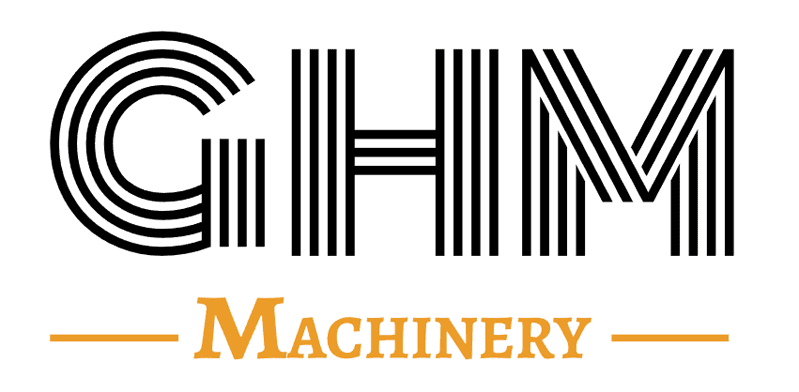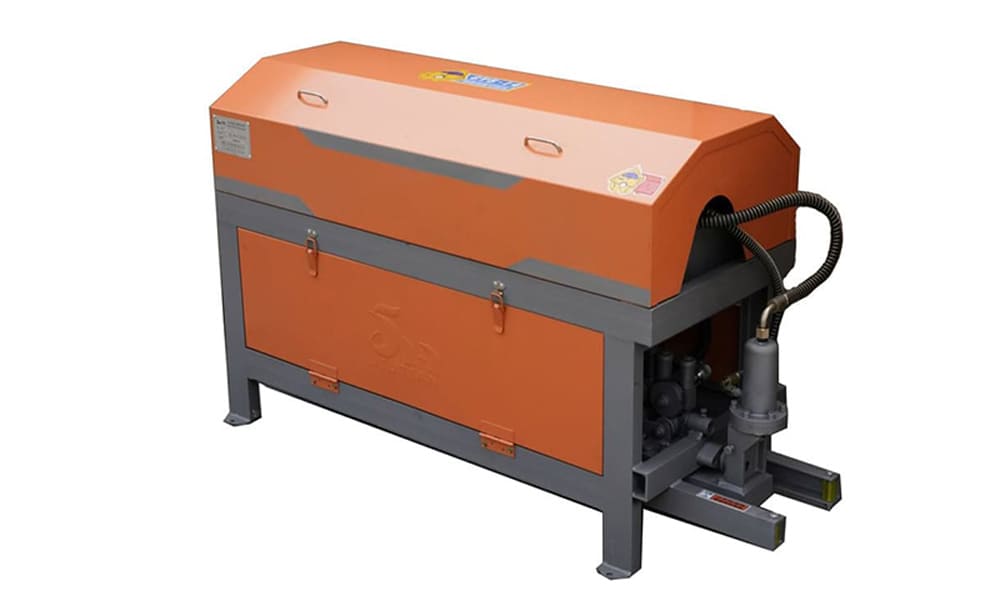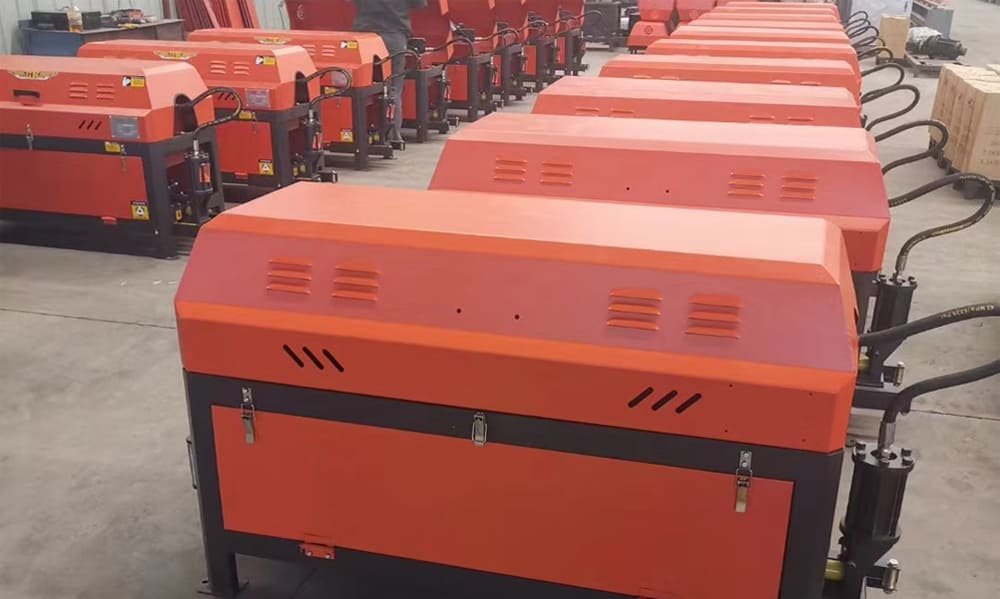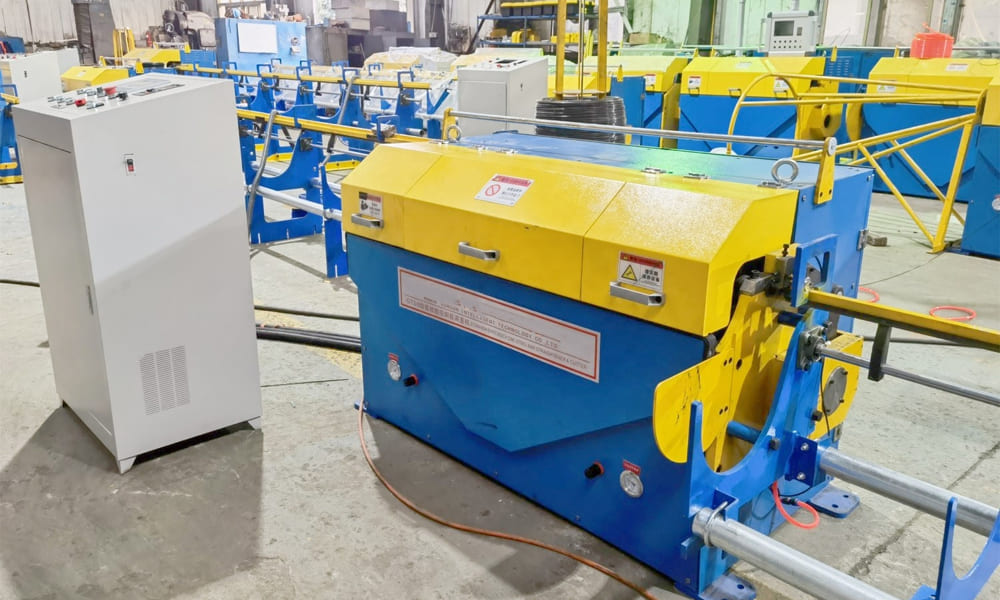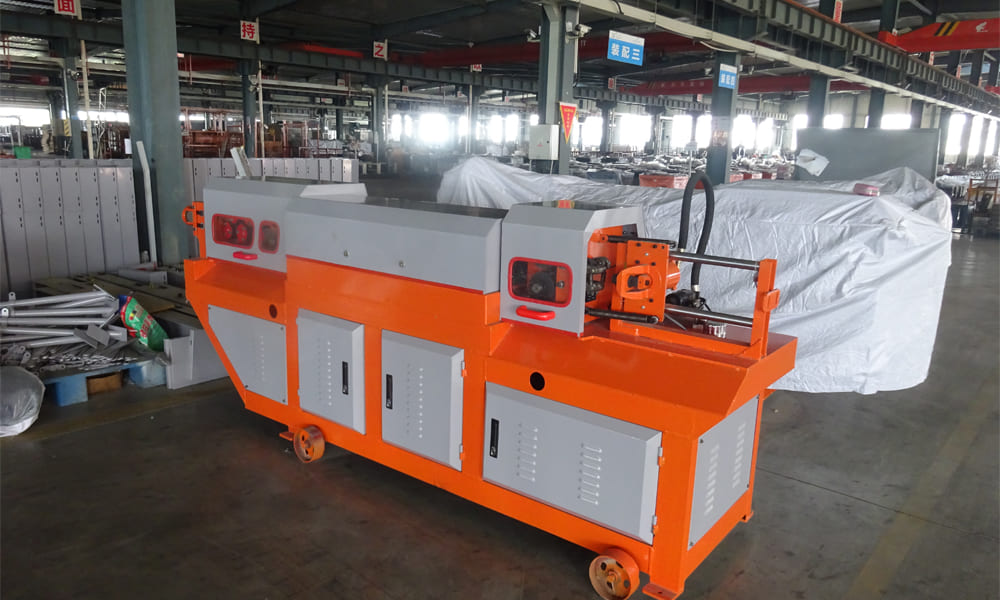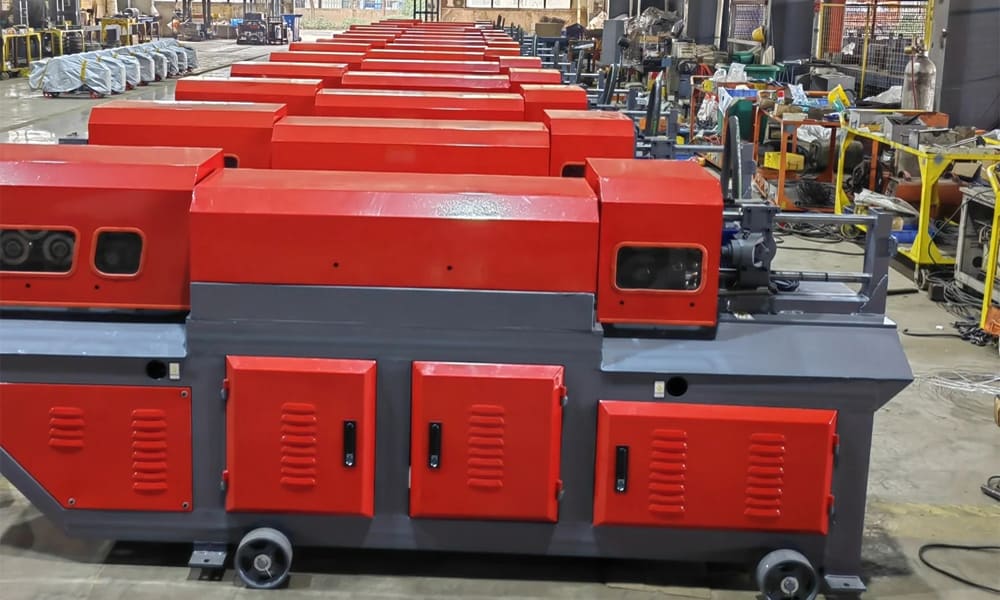Introduction:
Rebar straightening and cutting machine are invaluable tools in the construction industry, streamlining the process of preparing reinforcement bars for concrete structures. These machines are designed to straighten and cut steel reinforcement bars (rebar) with precision, efficiency, and safety. This article provides a comprehensive guide on how to operate a rebar straightening and cutting machine.
Safety First:
Before operating any machinery, it is crucial to prioritize safety. Ensure that you and your team are wearing appropriate personal protective equipment, including safety glasses, gloves, and steel-toed boots. Familiarize yourself with the emergency stop button and the location of safety guards on the machine.
Machine Setup:
Placement: Position the rebar straightening and cutting machine on a stable and level surface. Ensure that it is securely anchored to prevent any movement during operation.
Power Supply: Connect the machine to a reliable power source, adhering to the manufacturer’s specifications. Confirm that the voltage and current match the machine’s requirements.
Material Inspection: Before loading the rebar, inspect it for any defects or irregularities. Remove any debris, rust, or other contaminants that may affect the machine’s performance.
Loading Rebar:
Size Adjustment: Adjust the machine settings to match the size of the rebar you are working with. Most machines allow you to set the diameter and length of the bars for accurate processing.
Feeding the Rebar: Place the rebar into the feeding mechanism, ensuring that it is aligned with the machine’s rollers. Adjust the guides to secure the rebar in place.
Operation:
Start-Up: Turn on the machine using the designated power switch. Make sure to follow the manufacturer’s guidelines for starting and stopping the machine.
Set Cutting Length: If your machine has a cutting feature, set the desired length for the rebar pieces. This is often done using a length adjustment mechanism on the machine.
Straightening Process: Activate the straightening function and observe the rebar as it passes through the rollers. The machine will automatically straighten the rebar to the preset specifications.
Cutting Process: If your machine has a cutting function, activate it when the straightening process is complete. The machine will cut the rebar to the predetermined length.
Quality Control: Regularly inspect the straightened and cut rebar for any deviations from the desired specifications. This ensures the integrity of the material for use in construction.
Maintenance:
Regular Lubrication: Follow the manufacturer’s recommendations for lubricating moving parts to prevent wear and ensure smooth operation.
Cleaning: Keep the machine clean from debris and dust that may accumulate during operation. Regular cleaning promotes longevity and prevents malfunctions.
Inspection: Periodically inspect the machine for signs of wear, loose bolts, or any other issues. Address any issues promptly to prevent further damage.
Conclusion:
Operating a rebar straightening and cutting machine requires careful attention to safety procedures and adherence to manufacturer guidelines. By following these steps, construction professionals can maximize efficiency, maintain equipment longevity, and ensure the quality of the reinforcement bars used in their projects.
